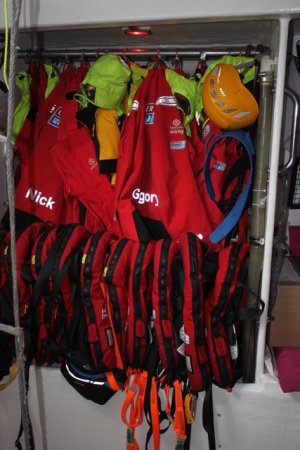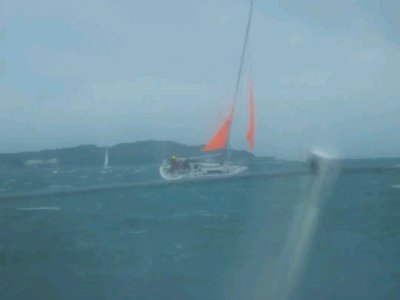Chiara’s slave
Well-known member
However, you might be prosecuted for knowingly and mischievously calling, but not in a case where you genuinely believed in the danger, but were perhaps able to overcome it yourself before the emergency services arrived.This is current.
A mayday call is the international signal to notify life-threatening distress.
A mayday call is only to be used in the case of “grave and imminent danger to a vessel or persons, such as fire, sinking, man overboard etc.” A mayday call is very serious and, in many countries, anyone making a false mayday call could be prosecuted under criminal law.


